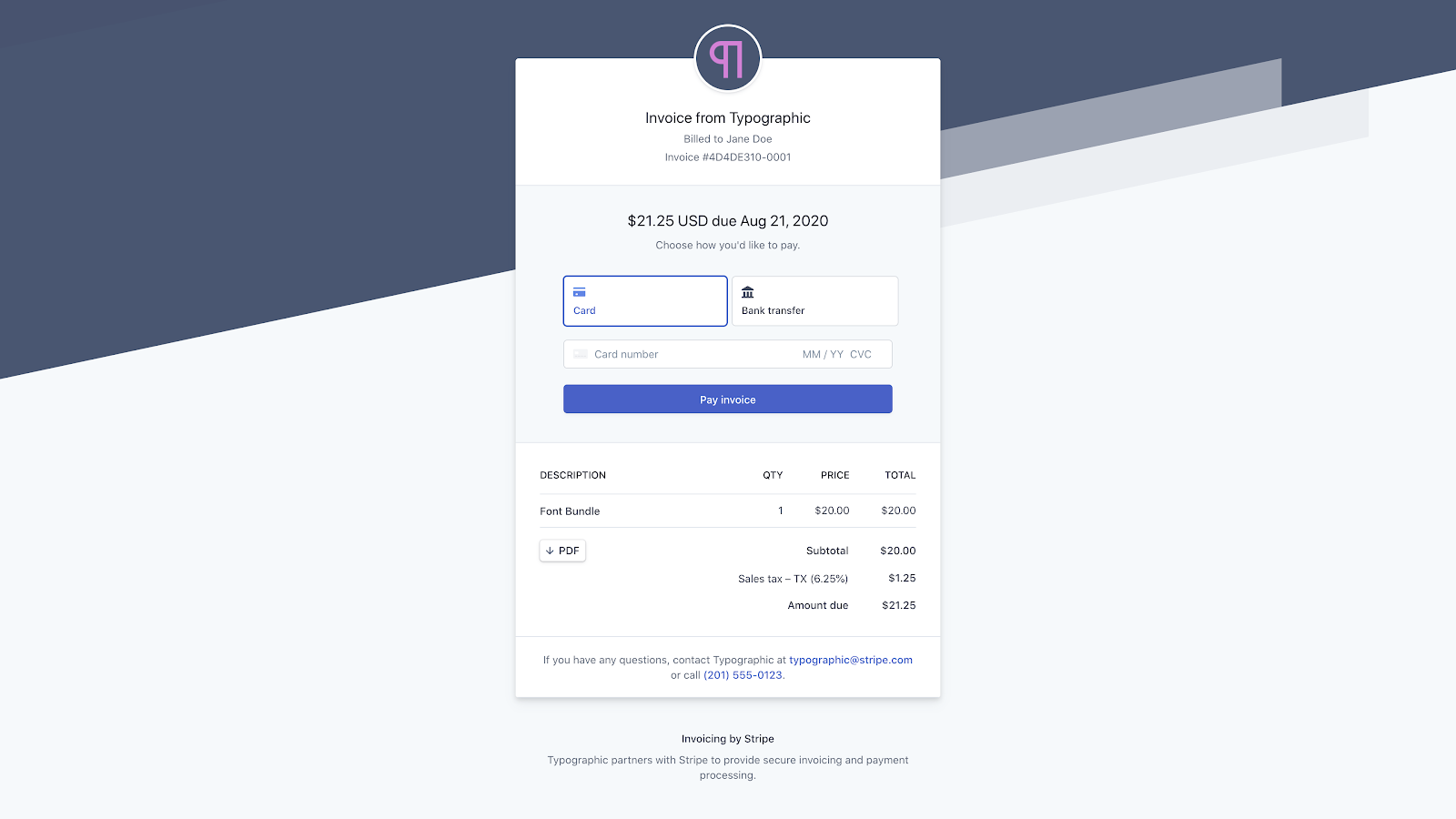 APPS
APPS
 APPS
APPS
 APPS
APPS
Google LLC today issued a series of updates to its Firebase application development platform aimed at making developers more productive.
The updates came during the end of Firebase Live, a monthlong web series that started broadcasting in June. The series consisted of various tutorials and talks aimed at boosting developer’s productivity and helping them monitor their apps better.
Firebase is Google’s primary application development platform, which enables developers to develop iOS, Android and web apps. As well as providing an app development environment, it offers tools for tracking analytics, reporting and fixing bugs, and marketing and product experimentation.
One of the most important productivity updates announced was a new local user interface emulator, which was launched in beta test mode. The new tool is part of the Firebase Emulator Suite, which lets developers run emulated versions of Google’s backend products to assist with application development. The local emulator UI provides a visual tool for developers to run Google services locally on their device via a web app with a distinguishable UI, enabling them to build and test code in a safe sandbox environment.
“Not only does the emulator UI boost developer productivity with features like advanced data editing and searching, it also increases team productivity because you can onboard new developers with just a handful of CLI commands that create local instances of Firebase services in minutes,” Francis Ma, a product lead for Firebase, wrote in a blog post today.

The Firebase Emulator Suite’s tools for writing, debugging and monitoring security rules have also been improved, Ma said.
In addition, Firebase now implements a new feature called Sign in with Apple in beta that helps developers to authenticate iPhone and iPad device users for a more personalized app experience. It enables users to sign in to applications and games with their Apple IDs, as well as services such as Google, Facebook and Twitter.
On the payments side, Firebase developers have more options thanks to an integration with the online payment processing company Stripe Inc. The integration comes in the form of two new extensions, which are pre-packaged bundles of code that automate common tasks within applications.
The Send Invoices with Stripe extension lets app developers programmatically create and send customer invoices via the Stripe payments platform. In addition, Run Subscription Payments with Stripe enables developers to send and sync subscriptions for web users using Stripe, and also control access to subscription content using the Firebase Authenticating service.

Firebase developers can also take advantage of a new ML Model Management application programming interface released last month that gives them a new way to add machine learning capabilities to their apps. Previously, it was only possible to do this manually via the Firebase ML model deployment console, but the API gives them a way to do so programmatically, Ma said.
“This is especially useful when you have a machine learning pipeline that automatically retrains models with new data, since you can now upload the updated models to Firebase programmatically,” he wrote.
Firebase isn’t just about building apps more easily, though. It also provides a number of ways for developers to monitor application performance.
“We want to help you stay attuned to your app’s analytics and performance data, meaningfully adapt your apps’ features and UI to the current climate, and continue to delight users with personalized experiences,” Ma said.
To do so, Firebase has added support for Crashlytics BigQuery streaming to help keep developers up to date on the performance and stability of their apps. It’s now possible to stream Crashlytics data into Google’s cloud-based BigQuery data analysis tool, which can help with things such as logging, analysis and troubleshooting. Crashlytics BigQuery streaming makes it possible to set up real-time alerts should any issues arise with an application, for example. It can also automate numerous release monitoring tasks that would otherwise need to be done manually.
Support our mission to keep content open and free by engaging with theCUBE community. Join theCUBE’s Alumni Trust Network, where technology leaders connect, share intelligence and create opportunities.
Founded by tech visionaries John Furrier and Dave Vellante, SiliconANGLE Media has built a dynamic ecosystem of industry-leading digital media brands that reach 15+ million elite tech professionals. Our new proprietary theCUBE AI Video Cloud is breaking ground in audience interaction, leveraging theCUBEai.com neural network to help technology companies make data-driven decisions and stay at the forefront of industry conversations.